
SOA Made Simple
¥80.65
“SOA Made Simple” is a concise and indispensable handbook for finally understanding exactly what Service Oriented Architecture is. Split into three clear sections, in this book you’ll learn from both theory as well as step-by-step implementation examples to aid in your understanding of this often poorly- articulated industry term.If you are an architect who wants to be completely clear in your understanding of what SOA is, then this book is essential. In fact, anyone (designer, developer, administrator or team lead) who is implementing or about to implement an architecture in an IT environment should not miss out on “SOA Made Simple”. Some previous experience with general software architecture is required, but this guide will tell you everything you need to know about SOA in a clear and easy fashion.
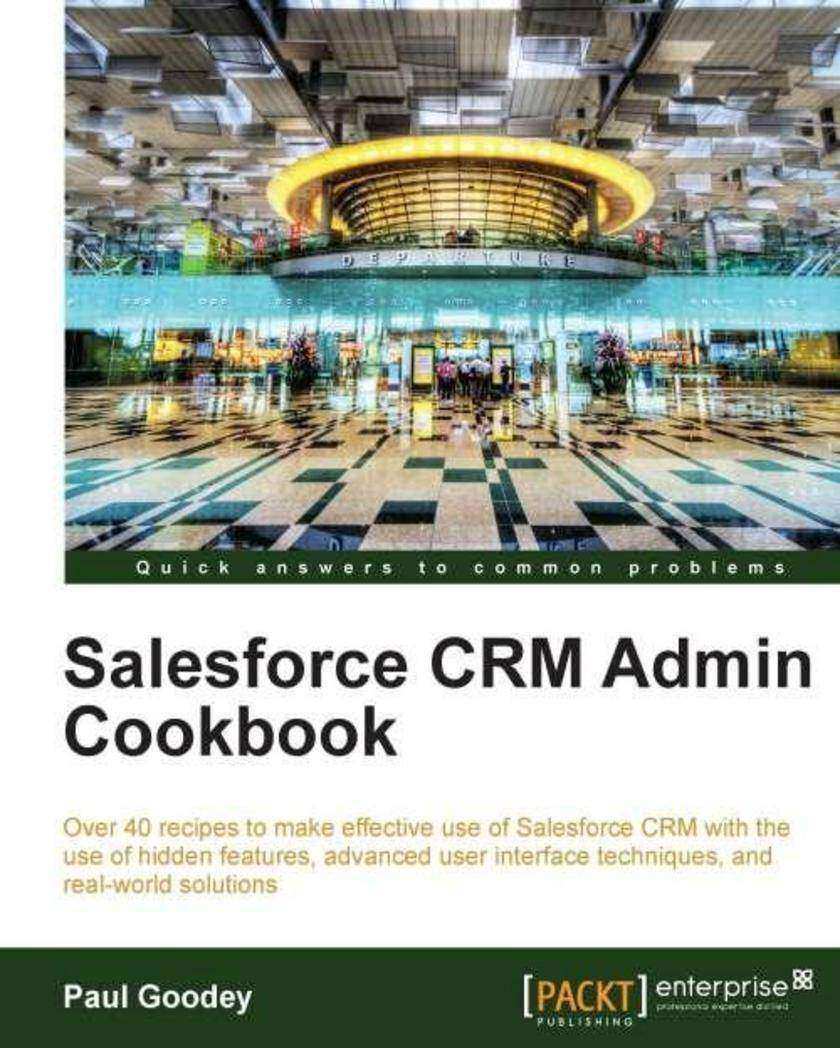
Salesforce CRM Admin Cookbook
¥107.90
This book is written in a Cookbook-style format and provides you with immediately useable recipes that extend the functionality of Salesforce CRM and solves real-world problems encountered within the Salesforce CRM application. The recipes in this Cookbook contain proven, step-by-step instructions along with detailed screenshots. This Cookbook has been designed so that you can read it chapter by chapter, starting with recipes that provide enhancements to the user interface, and finishing with recipes that cover data and systems integration. You can also refer to the list of recipes and choose to access them in no particular order. Either method allows you to rapidly implement solutions in your organization that extend and enhance the functionality of Salesforce CRM for your users. This book is for Salesforce administrators and developers who want to quickly incorporate enhanced functionality and extend the power of Salesforce CRM. Whether you are a Salesforce novice or a more experienced administrator, this book provides practical, step-by-step instructions in the use of hidden features, advanced user interface techniques, and solutions for process automation, plus data and systems integration. Not only are standard Salesforce CRM features covered, such as workflow and approval processes, validation rules, and formula fields, but you will also be exposed to further technologies that include HTML, Java*, CSS, Apex, and Visualforce.
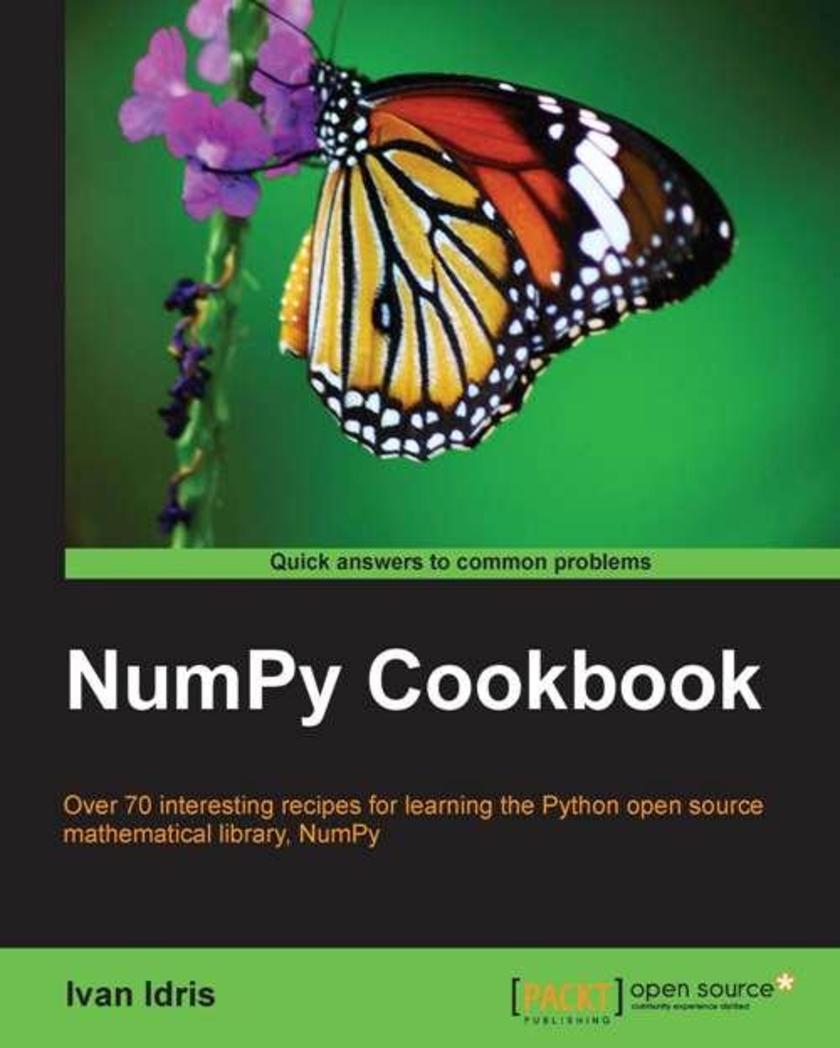
NumPy Cookbook
¥80.65
Written in Cookbook style, the code examples will take your Numpy skills to the next level. This book will take Python developers with basic Numpy skills to the next level through some practical recipes.
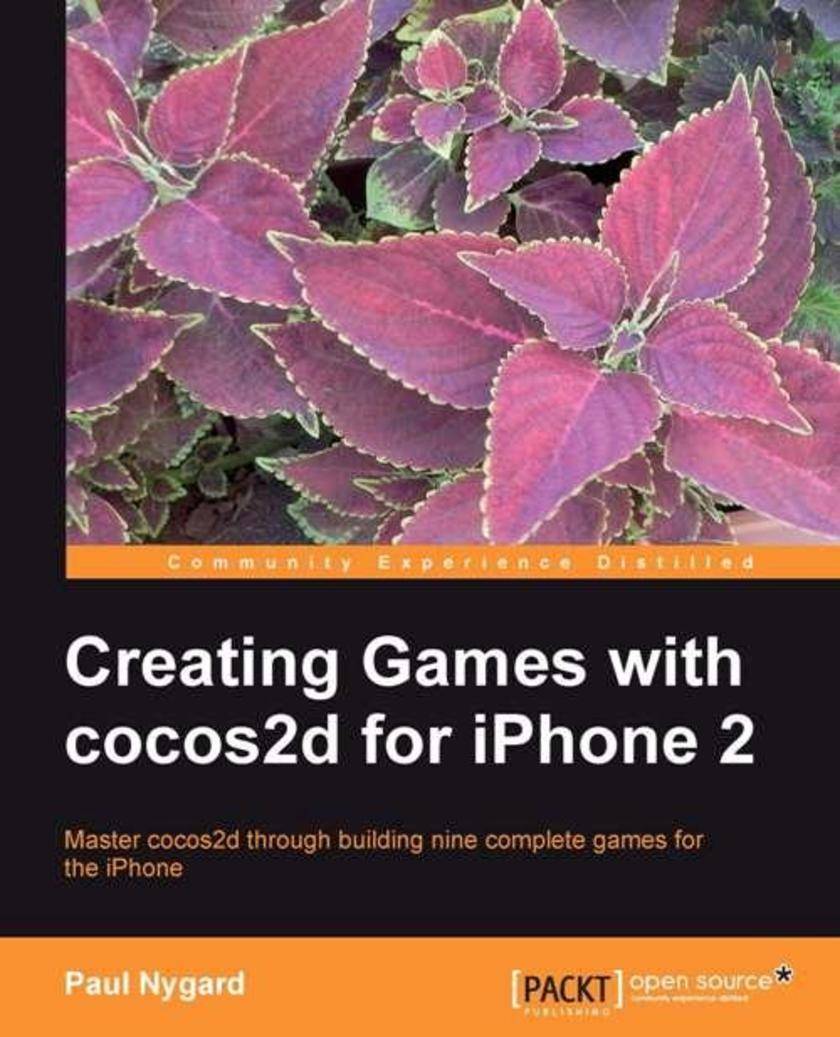
Creating Games with cocos2d for iPhone 2
¥80.65
A hotshot book_10 different cocos2d for iPhone games in increasing order of complexity. Only the barebone structure will be presented without going into the details,If you are an iPhone or iPad developer with base knowledge of cocos2d for iPhone, this book is for you.
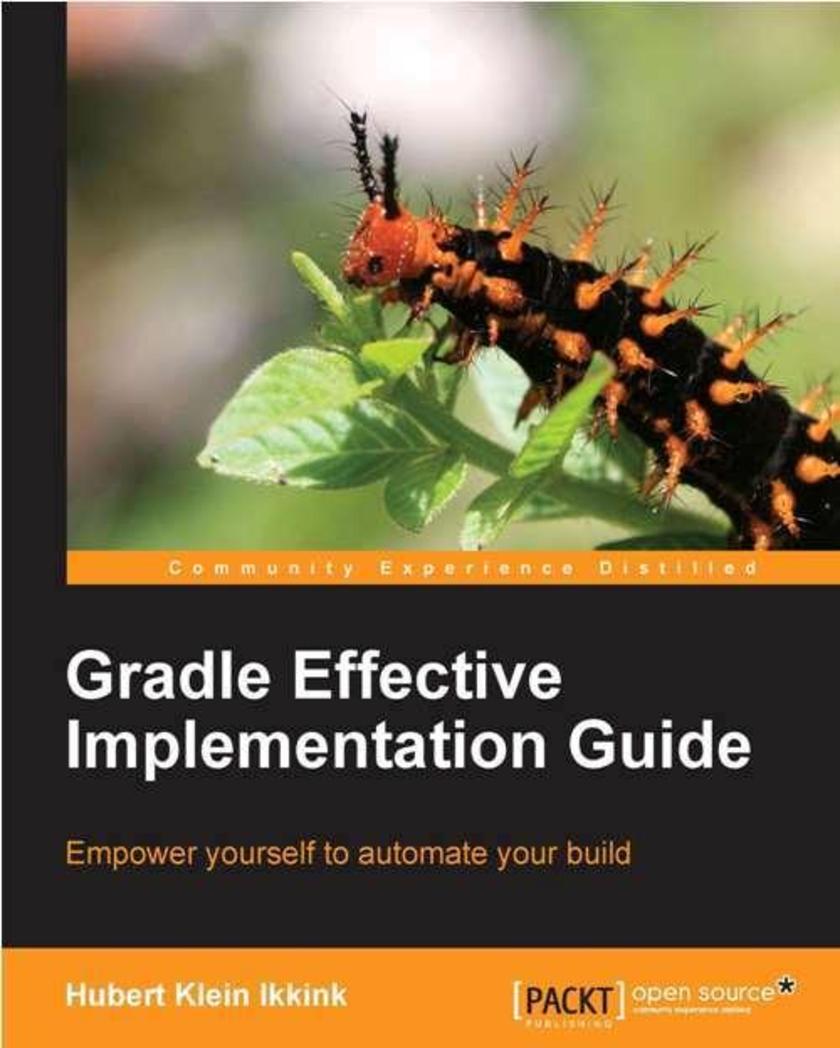
Gradle Effective Implementation Guide
¥80.65
Written in Packt's tutorial format the hands on examples and real life applications that will guide you through Gradle and give you the knowledge to use it every day. If you are a Java developer who wants to automate compiling, packaging and deploying your application this book is for you.
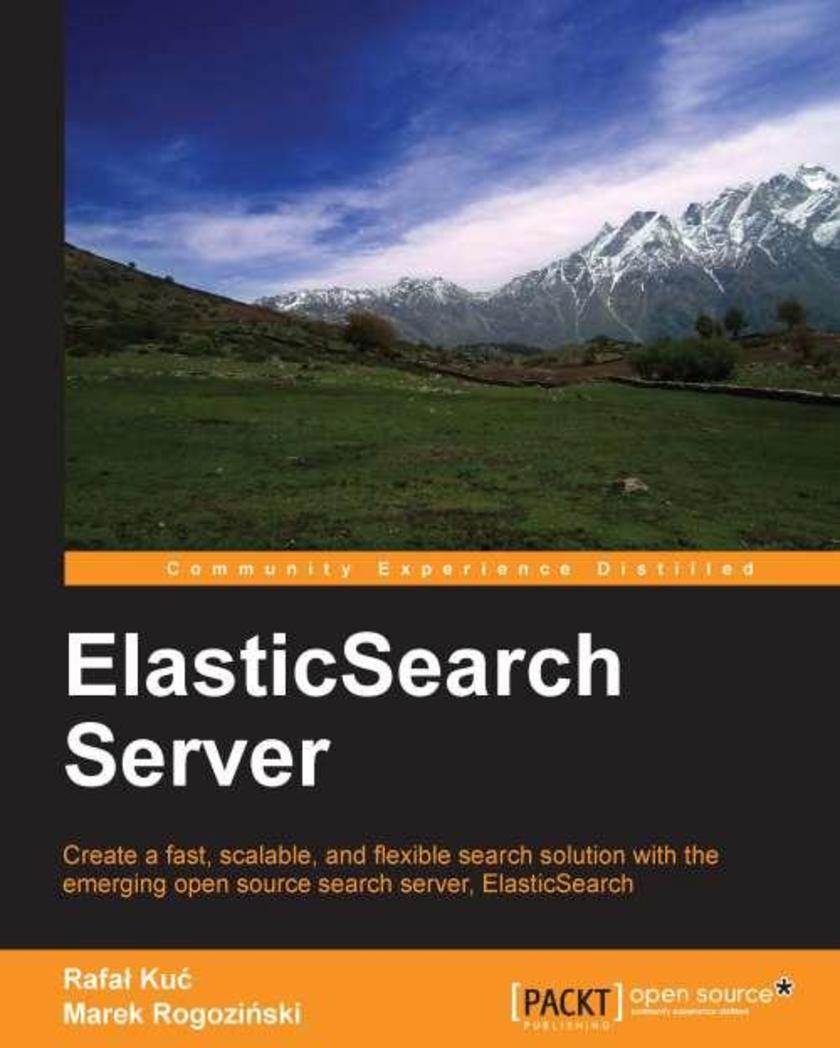
ElasticSearch Server
¥80.65
This book is written in friendly, practical style with numerous hands-on examples and tutorials throughout.This book is written for developers who wish to leverage ElasticSearch to create a fast and flexible search solution. If you are looking to learn ElasticSearch or become more proficient then this book is for you. You do not need know anything about ElasticSeach, Java, or Apache Lucene in order to use this book, though basic knowledge about databases and queries is required.
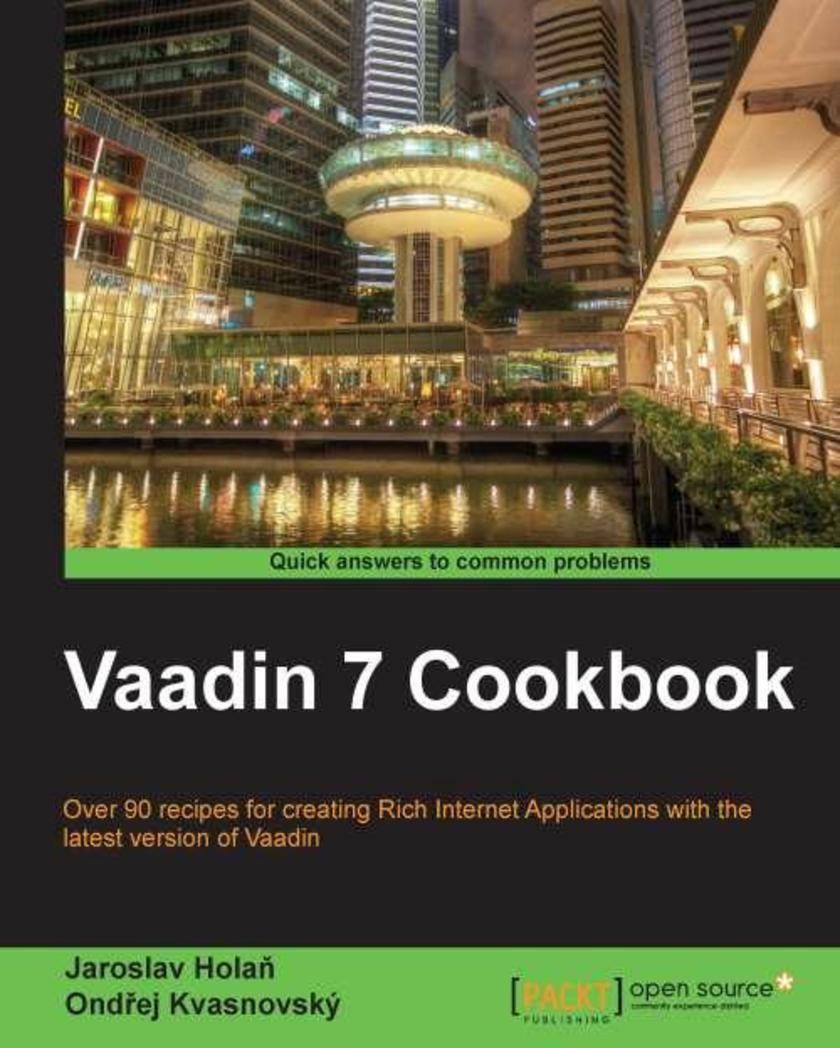
Vaadin 7 Cookbook
¥90.46
This is a cookbook with easy-to-follow recipes containing practical and detailed examples which are all fully backed up with code, illustrations, and tips. "Vaadin 7 Cookbook" is for developers who want to create Rich Internet Applications with Vaadin. Both newcomers to Vaadin and those who have some experience with it will find recipes to expand their working knowledge of Vaadin.
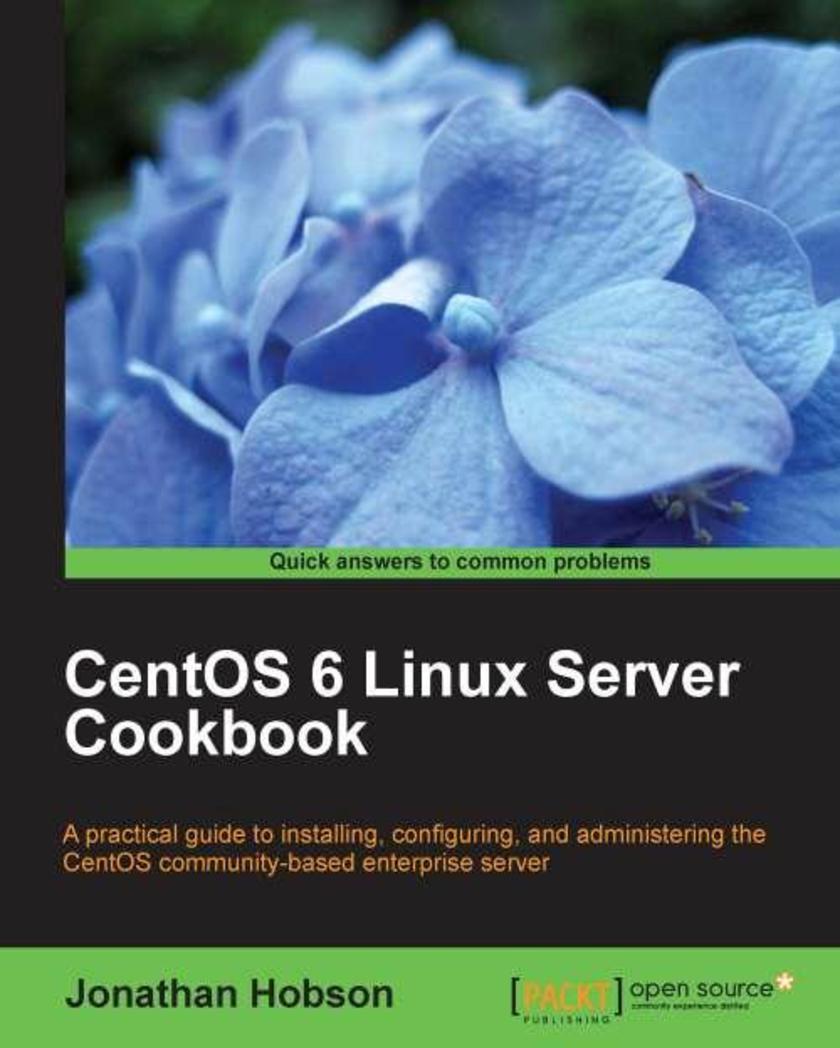
CentOS 6 Linux Server Cookbook
¥90.46
Presented in a step by step, easy to read tutorial style, this book presents the reader with real world solutions to every aspect of CentOS 6. "CentOS 6 Linux Server Cookbook" is for those professionals, students and enthusiasts who want a down-to-earth or hands-on approach to installing, configuring and running a Centos 6 server. Where a new user may experience this book as a series of solutions, a more experienced user will find a basis on which you can develop your existing skills. So rest assured, there is something for everyone and regardless of your current level of experience, if you are interested in using CentOS 6, then this is the book that offers the insight you need to move forward and master your server.
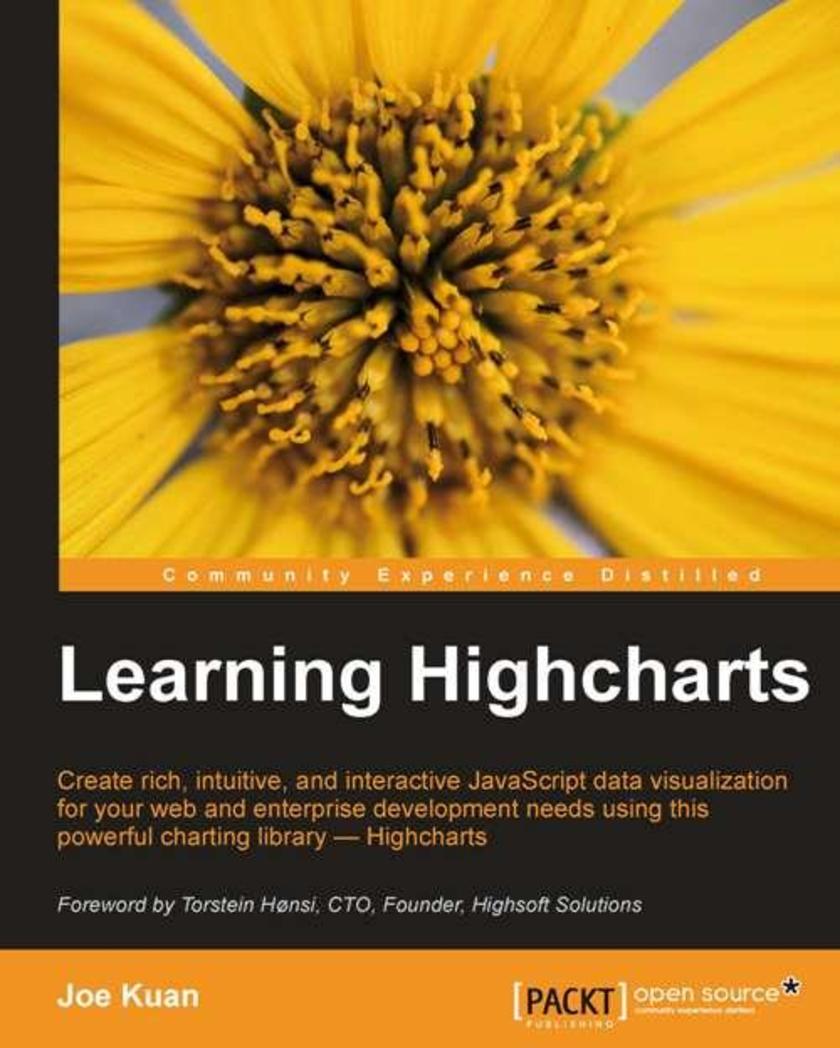
Learning Highcharts
¥80.65
A complete practical and comprehensive tutorial with clear and step-by-step instructions along with many examples. It's packed with examples, code samples and practical tips in a no-nonsense way. This book is both for beginners and advanced web developers who need to create interactive charts for their web applications. It primarily targets JavaScript Web developers who want to use the Highcharts library to prepare interactive and professional-quality charts and graphs for their applications quickly and easily. Prior experience with JavaScript is assumed.
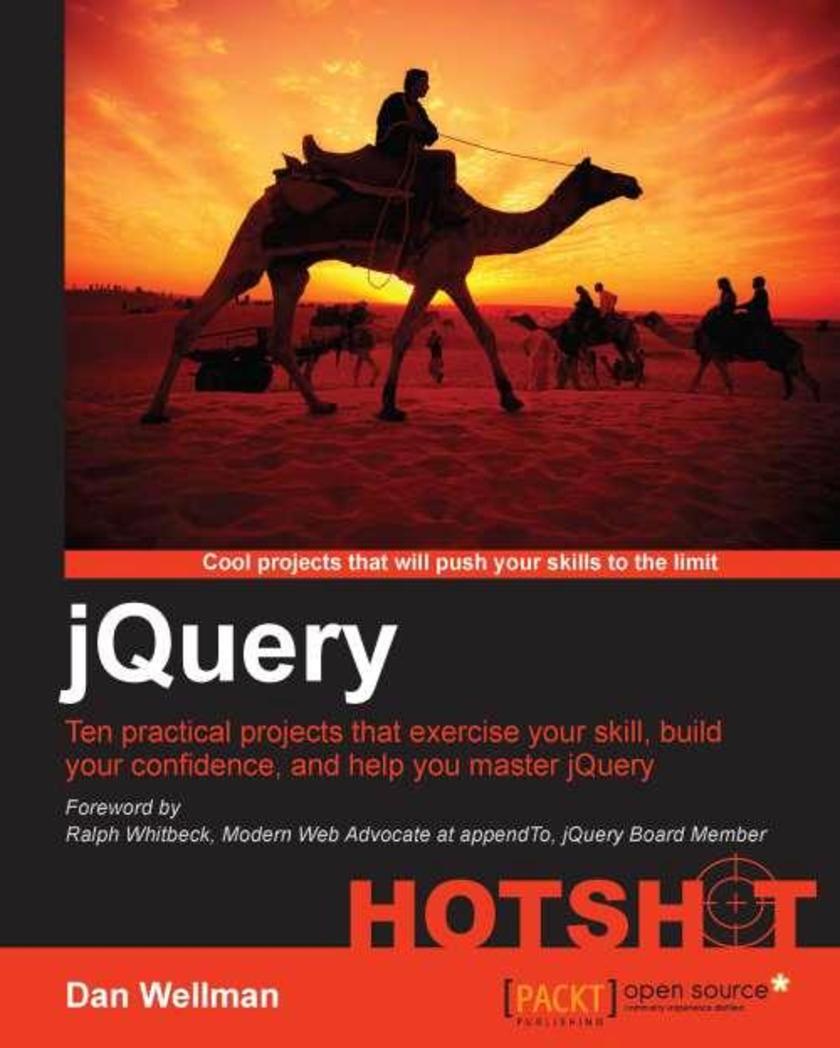
jQuery Hotshot
¥80.65
This book takes a hands-on, tutorial-style approach that walks you step -by -step through 10 individual projects that each focus on producing a specific, real-world product or application. This book is aimed primarily at front-end developers, preferably already with a little jQuery experience, or those people that simply want to build on their existing skills with jQuery.

GeoServer Beginner’s Guide
¥90.46
Step-by-step instructions are included and the needs of a beginner are totally satisfied by the book. The book consists of plenty of examples with accompanying screenshots and code for an easy learning curve. You are a web developer with knowledge of server side *ing, and have experience with installing applications on the server. You have a desire to want more than Google maps, by offering dynamically built maps on your site with your latest geospatial data stored in MySQL, PostGIS, MsSQL or Oracle. If this is the case, this book is meant for you.
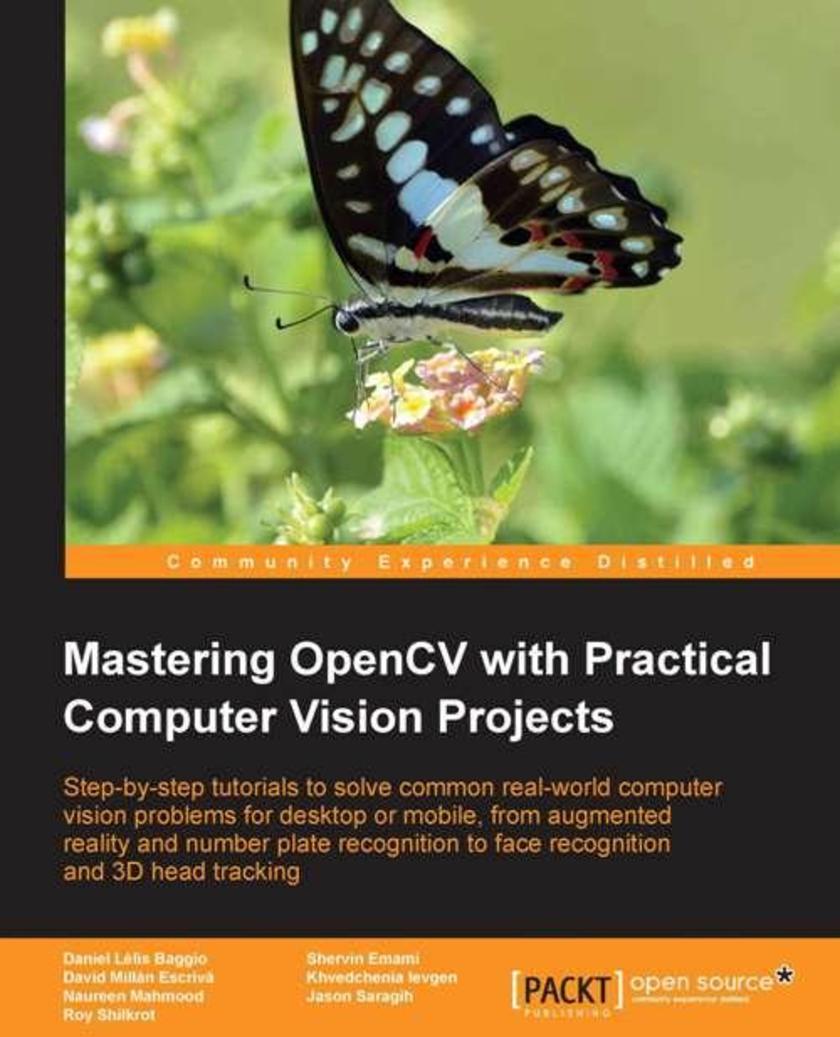
Mastering OpenCV with Practical Computer Vision Projects
¥80.65
Each chapter in the book is an individual project and each project is constructed with step-by-step instructions, clearly explained code, and includes the necessary screenshots. You should have basic OpenCV and C/C++ programming experience before reading this book, as it is aimed at Computer Science graduates, researchers, and computer vision experts widening their expertise.

PHP Team Development
¥63.21
This book looks into PHP projects mainly from an enterprise view. The author's experience enables him to give you an overall picture of PHP projects and discuss factors that contribute to project success in a clear and precise manner. Each chapter focuses specifically on how the techniques covered will make team work easier. Examples (rather than abstract best practices) are used to illustrate the practical benefits. This book is for PHP developers who work in teams on complex PHP projects. With this book in hand, it is easy to discover the secrets of successful PHP projects that meet today's complex enterprise demands. This book can also be useful for project managers who are looking to be successful with PHP projects. Those who are stakeholders in PHP projects, such as clients, or those who want to sponsor PHP projects, can also learn what to expect and how to deal with a PHP project team with this book.
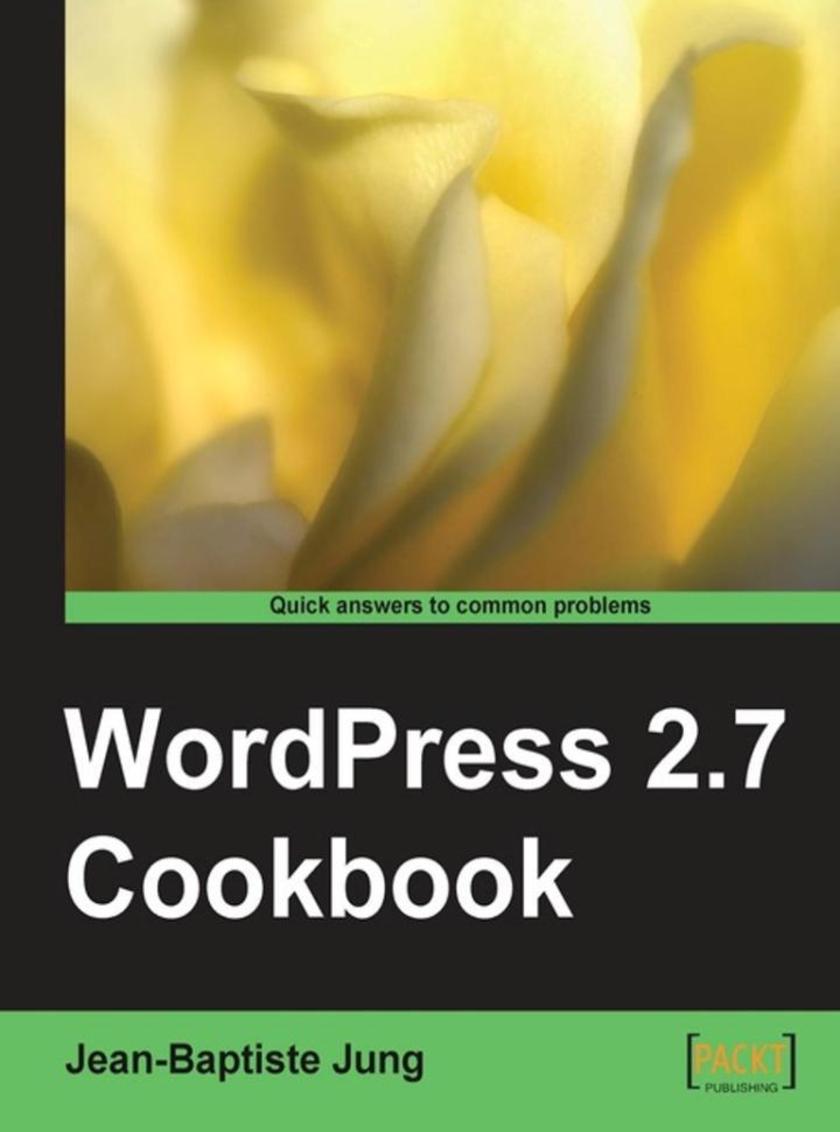
WordPress 2.7 Cookbook
¥71.93
This is a Packt Cookbook, which means it contains step-by-step instructions to achieve a particular goal or solve a particular problem. The book can be read chapter by chapter, or you can look at the table of contents and read the recipes in no particular order. This book is for anyone who wants to enhance their WordPress blog to make it engaging and feature-rich. It is not specifically for developers or programmers; rather it can be used by anyone who wants to get more out of their WordPress blog by following step-by-step instructions. A basic knowledge of PHP/XHTML/CSS/WordPress is desirable but not necessary.
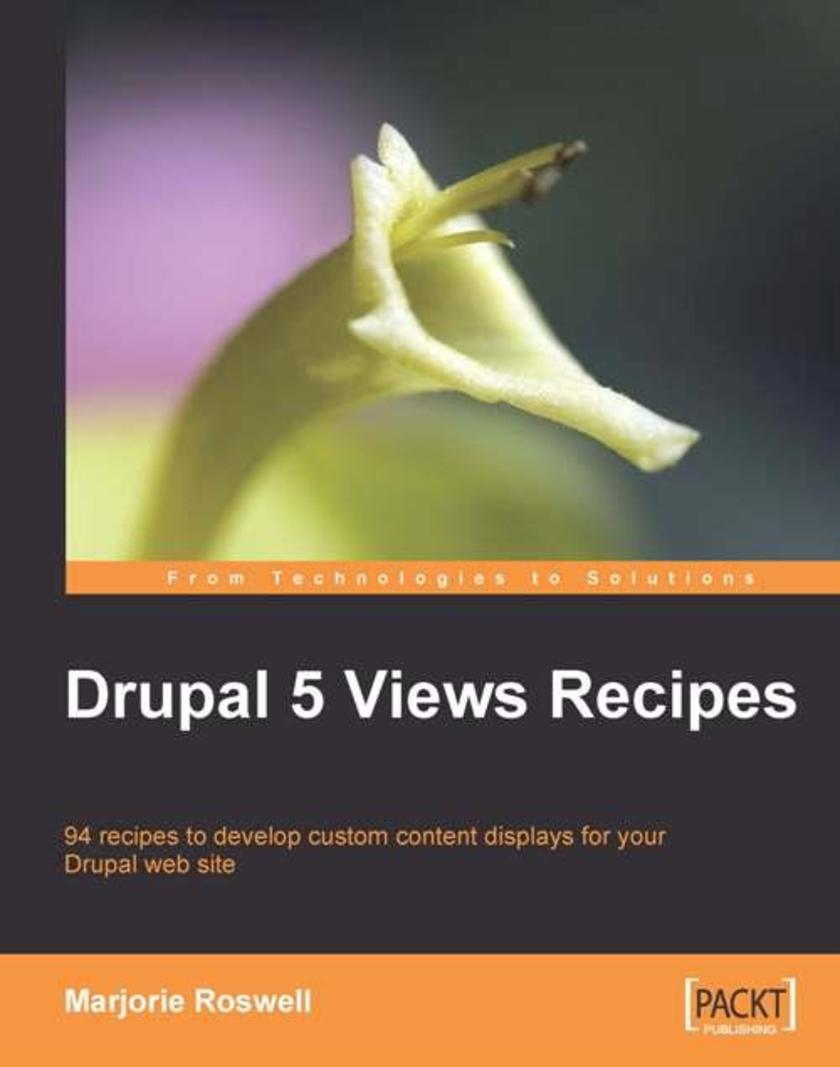
Drupal 5 Views Recipes
¥90.46
This book will give you a long list of powerful recipes. Choose the ones that suit your needs and use them through step-by-step instructions. Most of the recipes are code-free, but a number of the recipes contain code snippets. This book is primarily written for Drupal site builders, administrators, and themers who want to develop custom content displays using Views. It can be used by anyone who has a Drupal 5 web site, including original site developers as well as people who have inherited a Drupal 5 site. Some knowledge of HTML and CSS is required; PHP basics will be handy for some of the recipes.
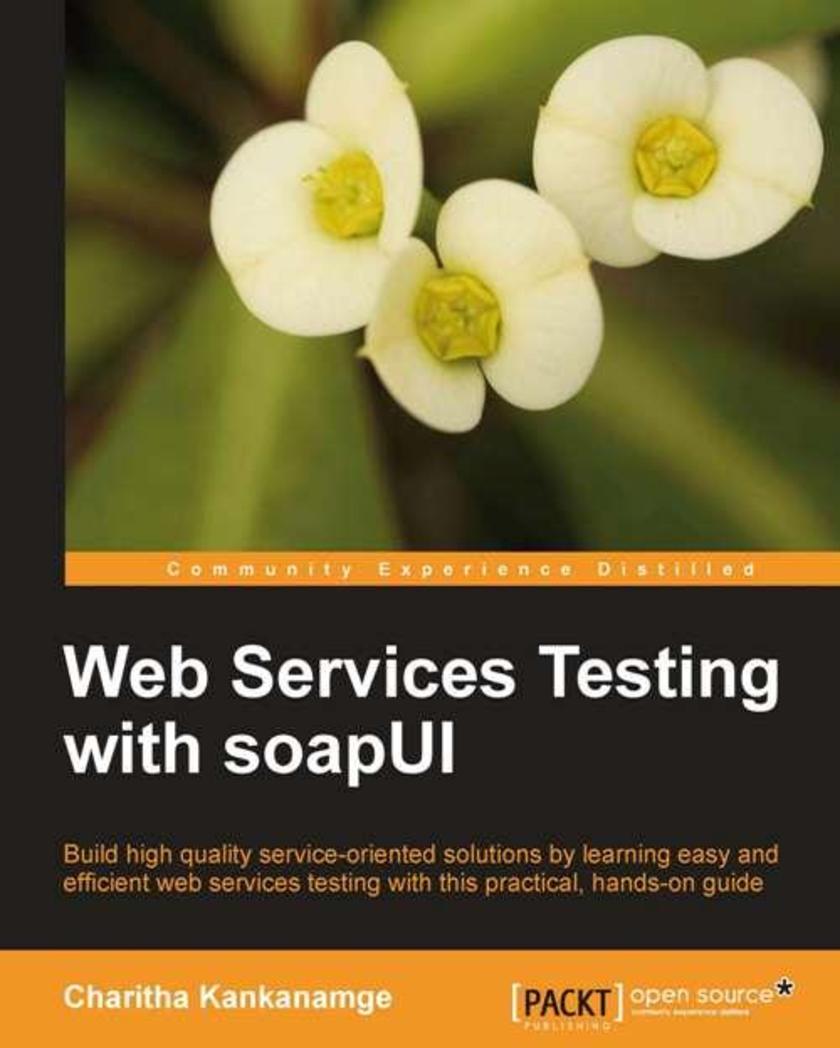
Web Services Testing with soapUI
¥90.46
"Web Services Testing with soapUI" starts with an overview of SOA and web services testing, and gets your hands dirty with a sample project which makes use of open source web service engine, Apache Axis2. All demonstrations and hands-on exercises are based on this sample project. This book is a practical and comprehensive tutorial for easy and efficient web services testing to build high quality service-oriented solutions. This book directly targets software quality assurance professionals, software project managers, and software developers interested in automated or manual testing web services and SOA. Whether you are a seasoned SOA professional or a novice user, with this book you'll learn to effectively use soapUI in testing service-oriented solutions for functional as well as non-functional web services.
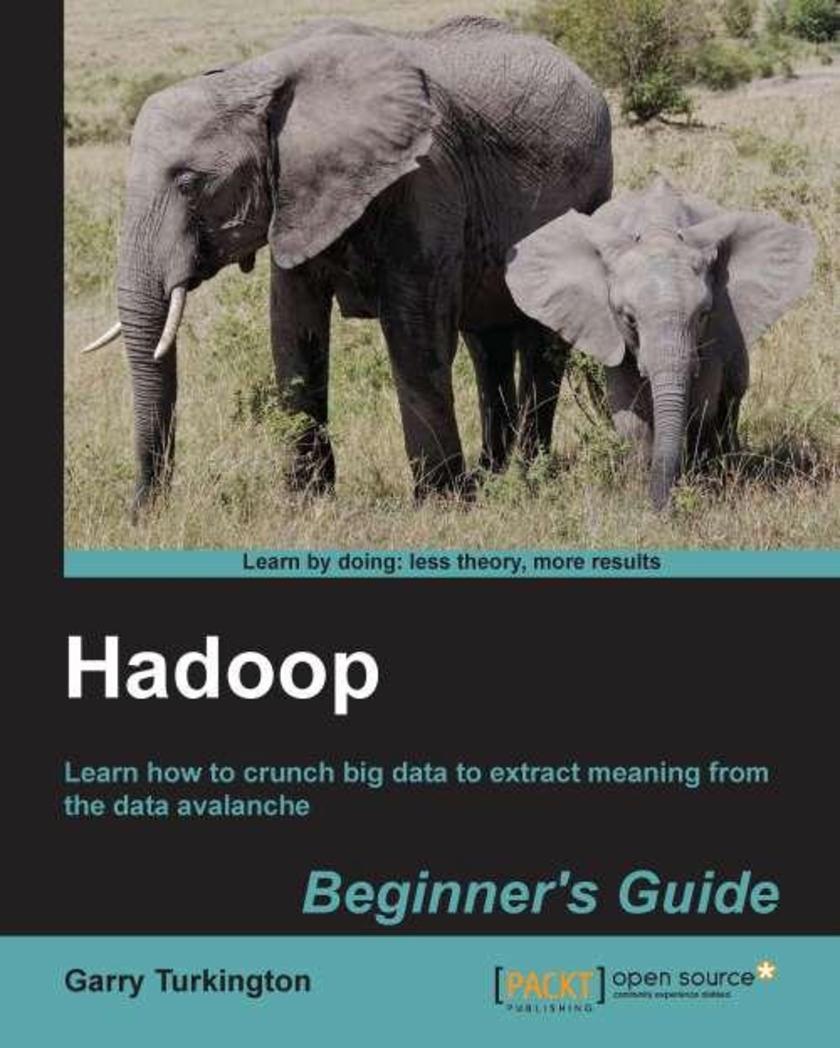
Hadoop Beginner's Guide
¥90.46
As a Packt Beginner's Guide, the book is packed with clear step-by-step instructions for performing the most useful tasks, getting you up and running quickly, and learning by doing. This book assumes no existing experience with Hadoop or cloud services. It assumes you have familiarity with a programming language such as Java or Ruby but gives you the needed background on the other topics.
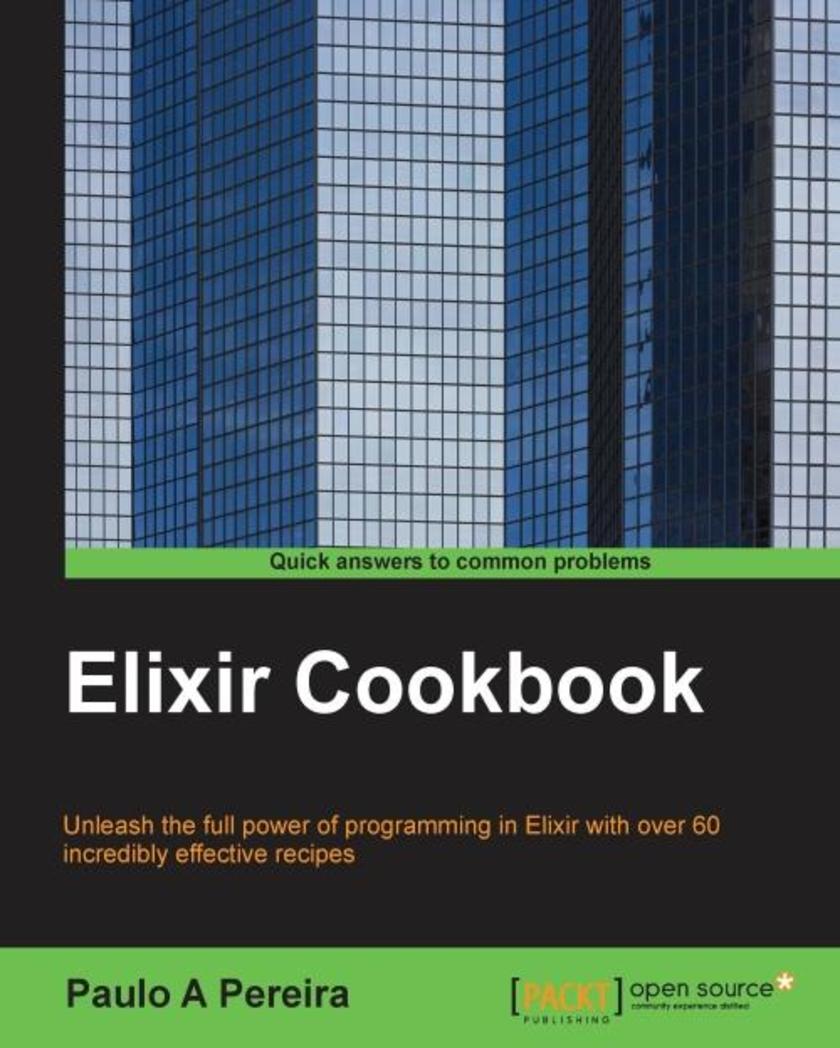
Elixir Cookbook
¥80.65
This book is intended for users with some knowledge of the Elixir language syntax and basic data types/structures. Although this is a cookbook and no sequential reading is required, the book’s structure will allow less advanced users who follow it to be gradually exposed to some of Elixir’s features and concepts specific to functional programming. To get the most out of this book, you need to be well versed with Erlang.
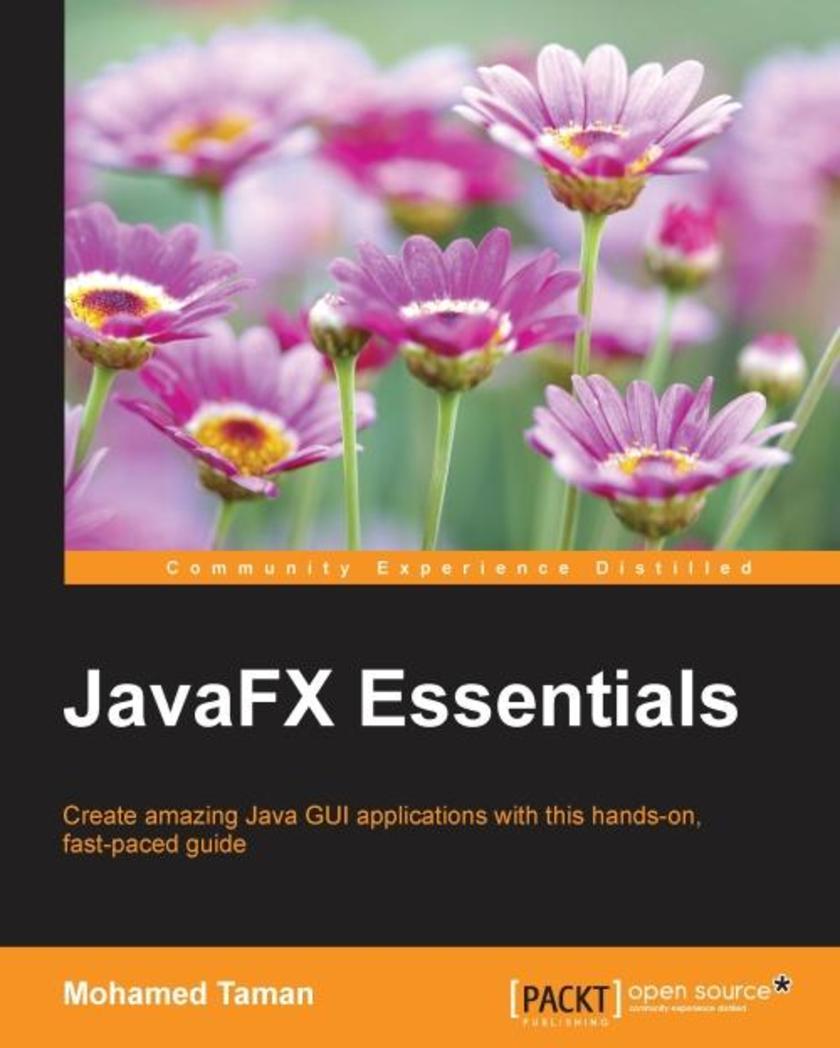
JavaFX Essentials
¥63.21
If you are a Java developer, an experienced Java Swing, Flash/Flex, SWT, or web developer looking to take your client-side applications to the next level, this book is for you.
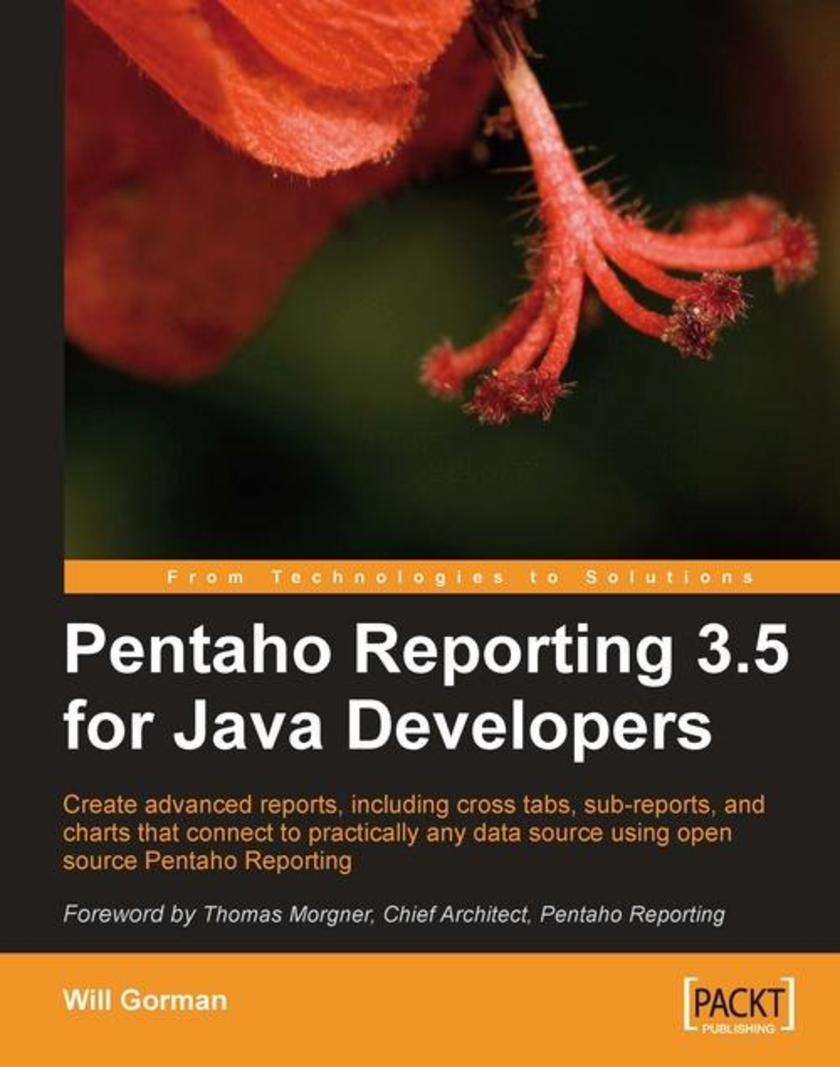
Pentaho Reporting 3.5 for Java Developers
¥80.65
This hands-on tutorial, filled with exercises and examples, introduces the reader to a variety of concepts within Pentaho Reporting. With screenshots that show you how reports look at design time as well as how they should look when rendered as PDF, Excel, or HTML, this book also contains complete example source code that you can copy and paste into your environment to get up and running quickly. This book is primarily written for Java developers who want to assemble custom reporting solutions with Pentaho Reporting. Their main interest is in the technical details of creating reports and they want to see how to solve common report problems with a minimum of fuss; they do not need an overview of BI or the importance of reporting. Secondary audiences of this book are IT professionals who need to install a reporting solution in their environment, and want to learn advanced concepts within Pentaho Reporting such as sub-reports, cross-tabs, data source configuration, and metadata-based reporting.
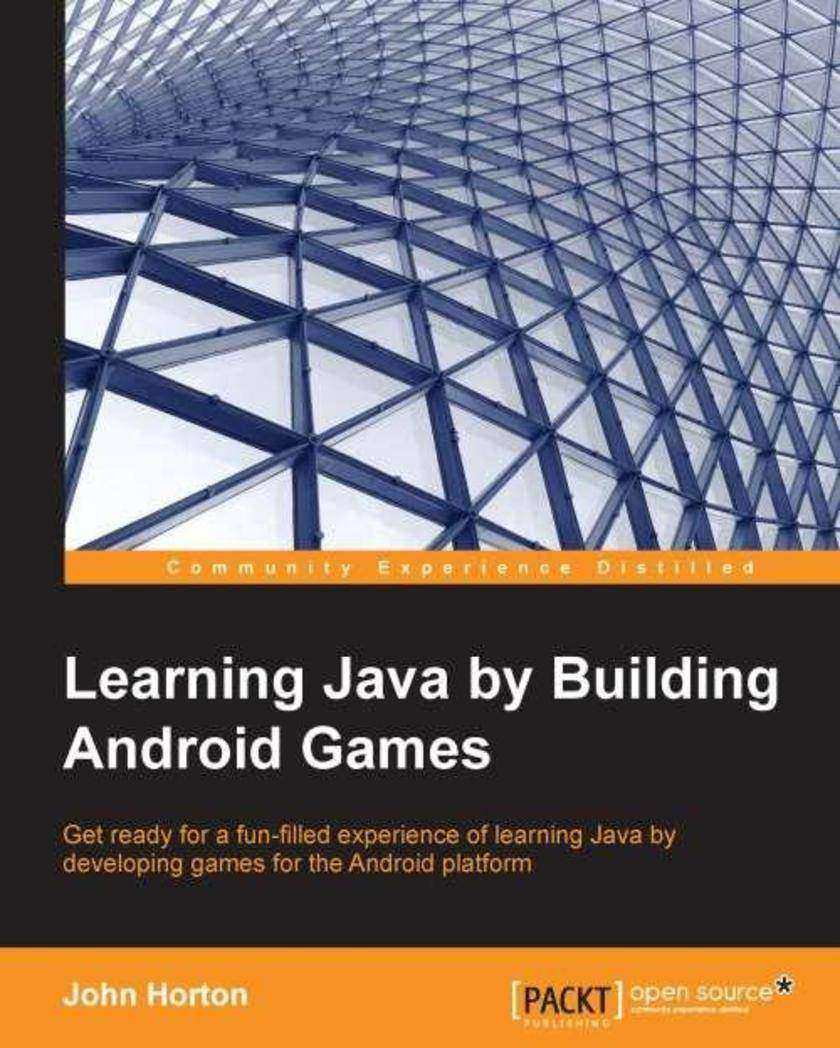
Learning Java by Building Android Games
¥80.65
If you are completely new to either Java, Android, or game programming and are aiming to publish Android games, then this book is for you. This book also acts as a refresher for those who already have experience in Java on another platforms or other object-oriented languages.




 购物车
购物车 个人中心
个人中心



